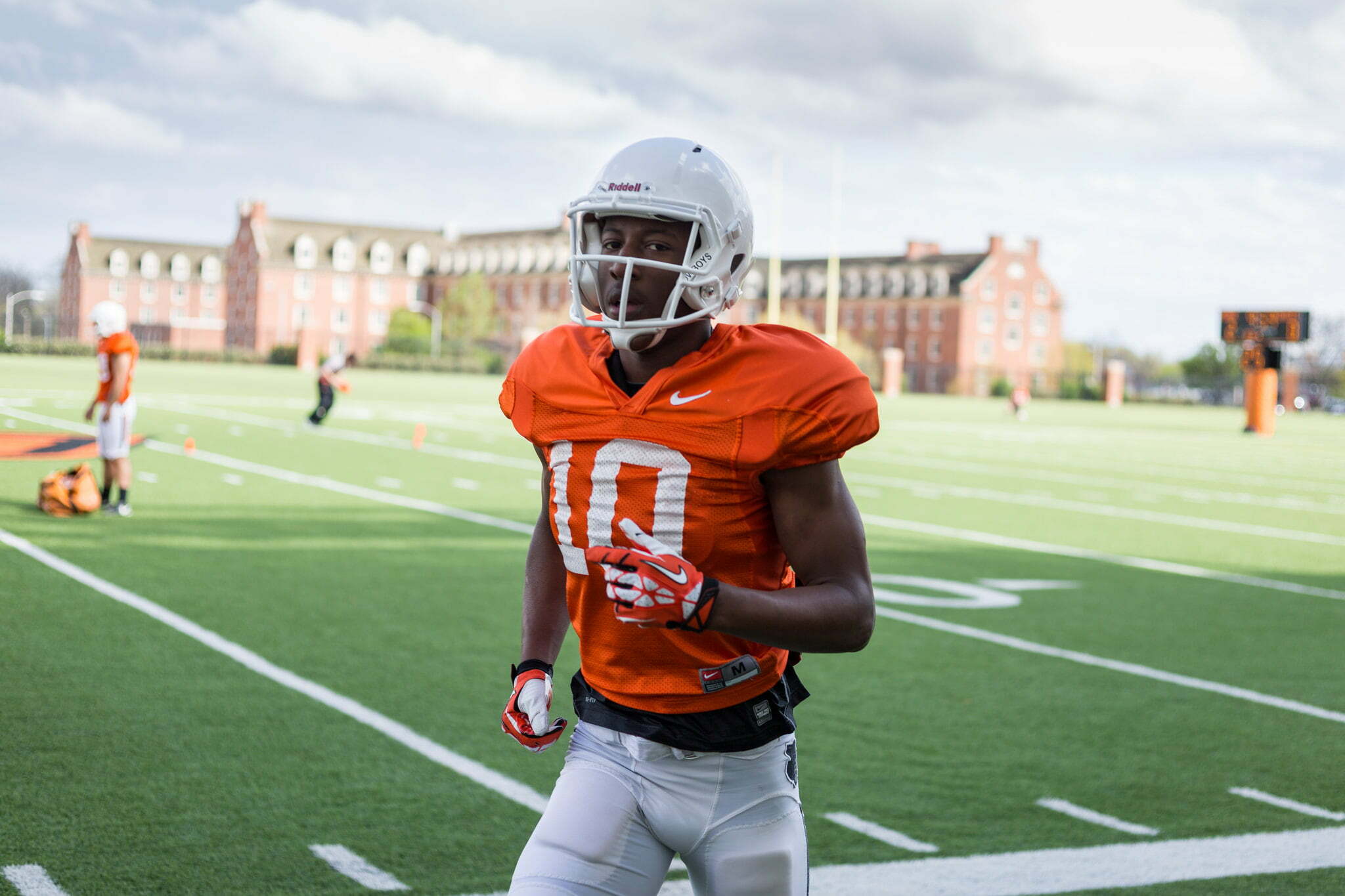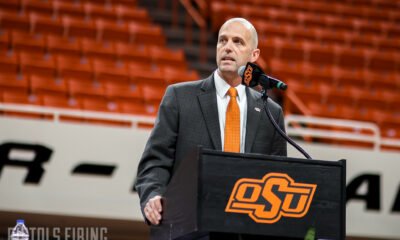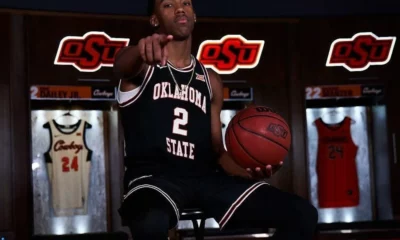Football
How the Big 12 Unintentionally Fell Into a Great Position for the Future

One lingering piece of the future of the Big 12 that keeps nagging at me has to do with the way content is distributed in the future. I wrote about content distribution a few months ago when Paul Finebaum opined that OU may want to exit for greener pastures.
And here is the thing that nobody is really discussing. In eight or 11 years or whenever the contract between the SEC Network and ESPN is over, what if ESPN doesn’t renew? As we have seen in the last few weeks, ESPN is not exactly throwing haymakers in the media world and more (not fewer) people are cutting cable.
If that happens in 2029 or whenever the SEC Network contract is up, then those SEC teams are in the same boat as the Big 12 ones when it comes to third tier rights. They’ll have to negotiate with distributors on their own (like Fox Sports or ESPNU) and/or distribute content themselves. That puts them on equal footing with Big 12 teams like OSU and OU when it comes to distribution of content.
What I didn’t add at the time is that those conferences might be able to link up with more tech-forward companies (more on that in a minute), but the point is that they will be behind from a timing standpoint (potentially).
This got brought up recently in Jake Trotter’s piece on where the Big 12 stands in the summer of 2017. The Big 12 currently has a first- and second-tier media deal that runs through the 2024-25 school year, but it doesn’t have all of its third-tier rights tied up in something like the SEC Network or Big 10 Network. Because of that, there is flexibility.
“We intend to be among the first to be successful broadening our ability to bring our athletics, our sporting events to a different kind of audience on new platforms,” OU president David Boren said.
Beside the traditional players such as Fox and ESPN, whose parent company, Disney, is investing $1 billion in the over-the-top streaming service BAMTech, the Big 12 is banking that Netflix, Google, Hulu and Amazon could soon join the marketplace as well.
Amazon paid $50 million to stream NFL Thursday night games. That was a fivefold increase from the $10 million that Twitter paid for the same rights in 2016. [ESPN]
This of course has been talked about for years, but I think the difference now is that A. ESPN is not what it used to be and B. There is a clearer path to Amazon, Netflix, Google or Twitter distributing content. Either way, the Big 12 is, perhaps unintentionally given that they’ve been vying for a Big 12 Network partner, in a good position for the future.
There is the matter of the Longhorn Network — why would Texas leave when it’s banking $15M a year? — and all these individual third-tier contracts teams will have to wriggle out of, but by being bypassed by ESPN for a Big 12 Network initially, the Big 12 might be able to hitch itself to a bigger, more lucrative, more impressive company in the future.
And really that’s some icing on the cake for what seems to be a fairly stable brand.
“I think the day has come and gone of, ‘Is the Big 12 in danger? Is the Big 12 here to stay? Is it a stable conference?’ I don’t even think that’s an issue anymore,” Boren told ESPN. “My goal is to get that topic off the table. … I think we’re on firm ground now. We’re financially in a strong position. We’re very tied to each other. We have many traditional rivalries.
“I feel much more confident about where we are than I did even two or three years ago or this time last year. … I think there’s a lot of sticking power to this conference, and the best days are ahead.”
The likelihood of this ever happening is probably less than 50/50 — the Big 12 doesn’t strike me as the most progressive bunch — but it’s at least an intriguing position to find yourself (again, probably unintentionally) as the sports media distribution landscape continues to shift and evolve in ways we never imagined.

-

 Football3 days ago
Football3 days agoFour-Star Quarterback Adam Schobel Commits to Oklahoma State, Flips from Baylor
-

 Hoops3 days ago
Hoops3 days ago‘Keep Turning Over the Rocks’: Looking at the Portal Landscape as Lutz Looks to Solidify His First OSU Roster
-

 Hoops3 days ago
Hoops3 days agoFour-Star Signee Jeremiah Johnson Reaffirms Commitment to Oklahoma State after Coaching Change
-

 Daily Bullets2 days ago
Daily Bullets2 days agoDaily Bullets (Apr. 23): Pokes Land Four-Star Quarterback, Retain Talent from Mike Boynton Era






